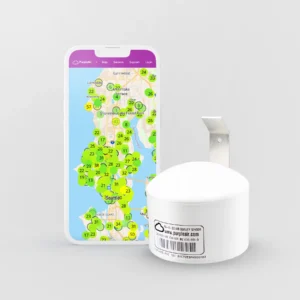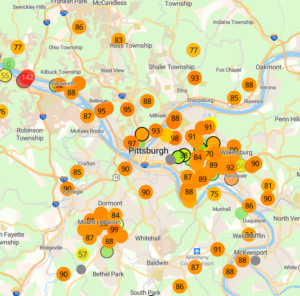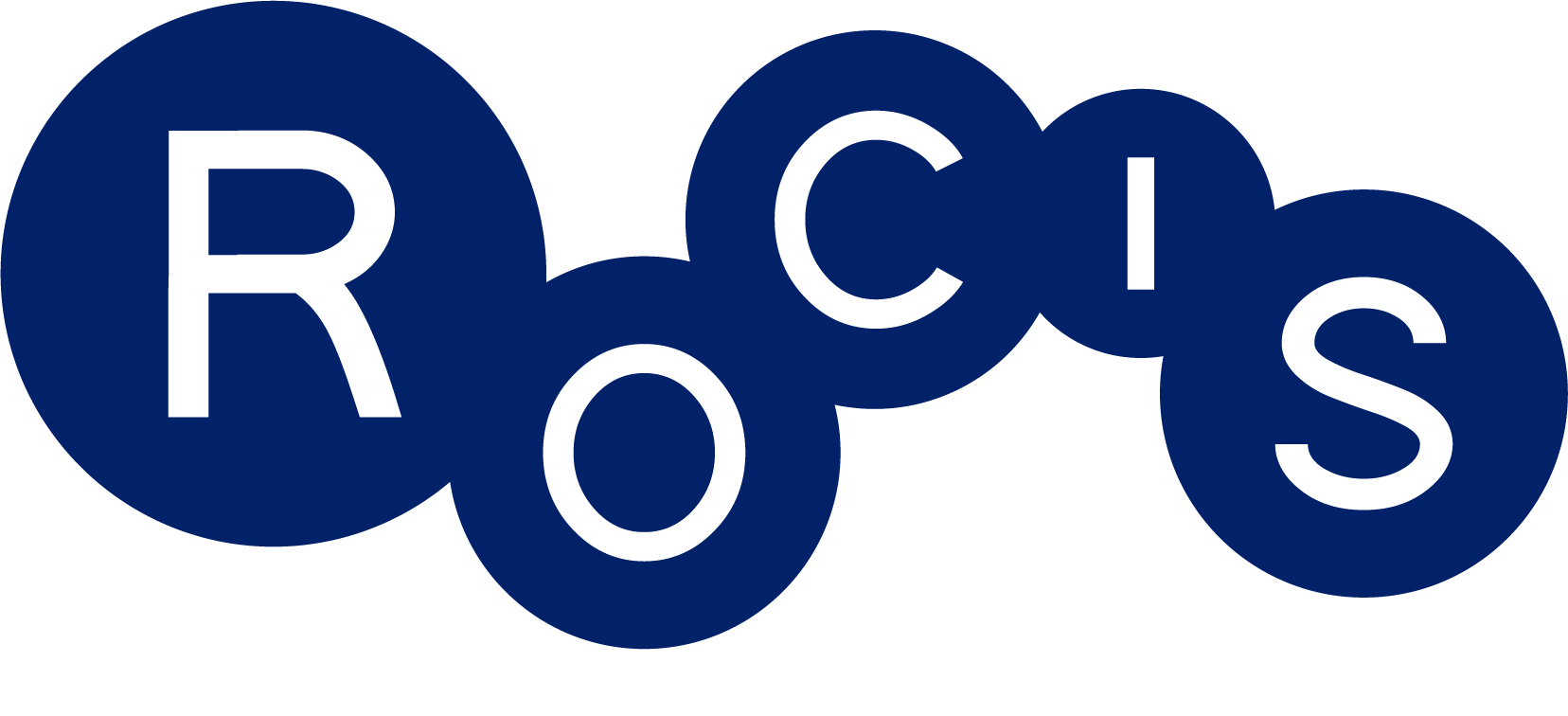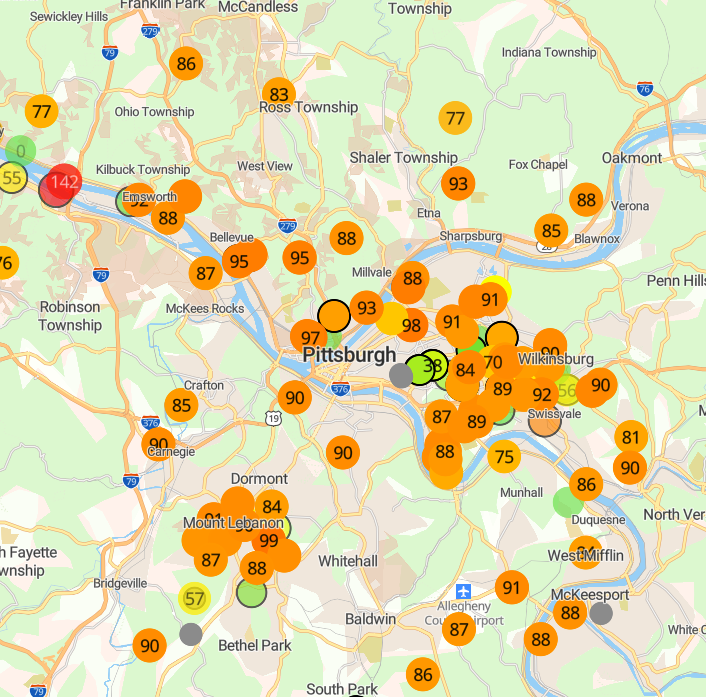Low-cost air monitoring is a rapidly evolving field with the acceleration of new and modified products. One monitor which performed well in a study from the Lawrence Berkeley National Lab is the PurpleAir PA-II Dual Laser Air Sensor. This laboratory analysis provided a controlled-setting comparison to similar emission exposure between a group of different low-cost monitors. You can read more about the paper here. Researchers from Carnegie Mellon University’s Center for Atmospheric Particle Studies (CAPS) provided additional insight in a blog post Low Cost PM Sensors.

The PA-II offers the benefit of having the ability to count smaller particles than many of the other low-cost consumer monitors currently available. The ROCIS experience with the Dylos monitor (0.5+μm) has found this to be particularly useful in evaluating the interaction of outdoor and indoor particle counts.
The PurpleAir is an optical monitor that collects real-time readings for particle data in six sizes, from 0.3μm to 10μm in diameter. It also tracks barometric pressure, temperature, and relative humidity. The information is uploaded via the internet to the online server where it displays on the PurpleAir Map. The accessibility and information sharing capabilities of this monitor and related network are valuable features.

While adding to our regional efforts of air quality awareness is important, this venture also builds up the global network of PurpleAir monitors. At any given time, anyone can view real-time readings, available from Singapore to Suriname to South Carolina and beyond. The network is over 1500 strong and growing daily. Given the relatively low cost of this tool (currently under $200) the capabilities for empowerment within communities that are subjected to unsuitable ambient air quality could be invaluable.
ROCIS is co-locating PurpleAir sensors with Dylos monitors in several of our long-term intervention sites to evaluate its ability to simplify consistent data acquisition.
***
Mark Dixon, a Pittsburgh-based activist and filmmaker, has led an effort to purchase 60 plus monitors for deployment to individuals and groups throughout the region. He is searching for hosts with wifi and an outdoor outlet in these neighborhoods: Rankin, Wilmerding, Homestead, Turtle Creek, Fite Station, West Mifflin, Duquesne (near Kennywood), Lincoln, Wilson, North Versailles, and West Elizabeth. This campaign is strengthening Pittsburgh’s place on the (PurpleAir) map for interactive user-friendly, publicly accessible air quality data.
If you’d like to find out more about hosting a monitor, contact Mark Dixon.

